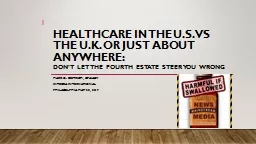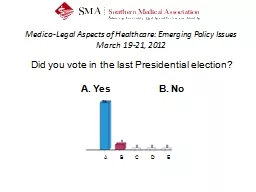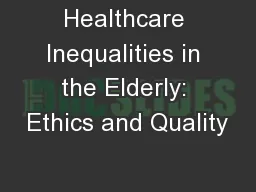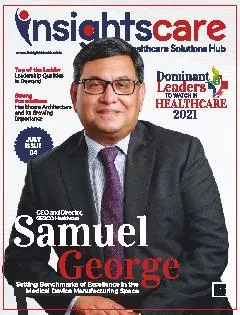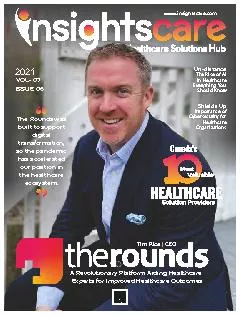PPT-Healthcare in the U.S. vs the U.K. or Just About Anywhere:
Author : yoshiko-marsland | Published Date : 2017-11-30
Dont let the Fourth Estate Steer You Wrong Mark O Dietrich CPAABV Integra International Philadelphia May 20 2017 1 Programme How Health Insurance works in the US
Presentation Embed Code
Download Presentation
Download Presentation The PPT/PDF document "Healthcare in the U.S. vs the U.K. or Ju..." is the property of its rightful owner. Permission is granted to download and print the materials on this website for personal, non-commercial use only, and to display it on your personal computer provided you do not modify the materials and that you retain all copyright notices contained in the materials. By downloading content from our website, you accept the terms of this agreement.
Healthcare in the U.S. vs the U.K. or Just About Anywhere:: Transcript
Download Rules Of Document
"Healthcare in the U.S. vs the U.K. or Just About Anywhere:"The content belongs to its owner. You may download and print it for personal use, without modification, and keep all copyright notices. By downloading, you agree to these terms.
Related Documents

